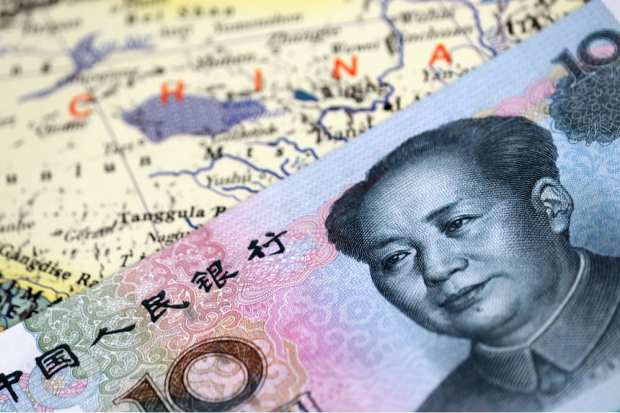Chinese Consumers Resume Buying Luxury Brands

Chinese consumers who have the money to spend are doing exactly that on retail splurges — but that hasn’t translated evenly across all sectors of the economy, with spending on luxury items up but other more common retail lagging.
Bloomberg reported that luxury items like handbags, cosmetics and cars are doing well. After spending months inside, people have been engaging in retail therapy.
“Consumers are definitely looking to treat themselves following the scare from the outbreak,” said Catherine Lim, a Bloomberg analyst based in Singapore.
LVMH, which dabbles in wine and watch sales among other things, saw sales in China spike in the last quarter with 65 percent higher sales year over year, Bloomberg reported, although the group’s overall percentages were down 38 percent. And Kering saw sales jump 40 percent in mainland China in the second quarter.
Analysts said they expect the luxury goods spending boom to die down once the demand dies down, though, Bloomberg reported.
The travel ban also has customers finding innovative ways to spend time, including flocking to some of the country’s amusement parks, PYMNTS reported.
That said, other sectors of the economy, such as mass-category products like electrical appliance maker Midea Group or Anta Sports Products, haven’t seen any growth. Bloomberg reported that total retail sales were still slowing down in the late summer months, mostly due to those consumers who had to watch their finances more closely due to economic turmoil.
Luo Yixin, a consumer analyst at Huatai Financial Holdings, said the pandemic dealt “a bigger blow” to low-income consumers, so that’s why the recovery has been uneven, Bloomberg reported.
And while spending for those who can afford it is up, eating at restaurants and socializing outside still has a long way to go before returning to normalcy, according to Bloomberg. Yum China Holdings, which operates Pizza Hut and KFC in the country, saw sales continue to fall through the second quarter.
